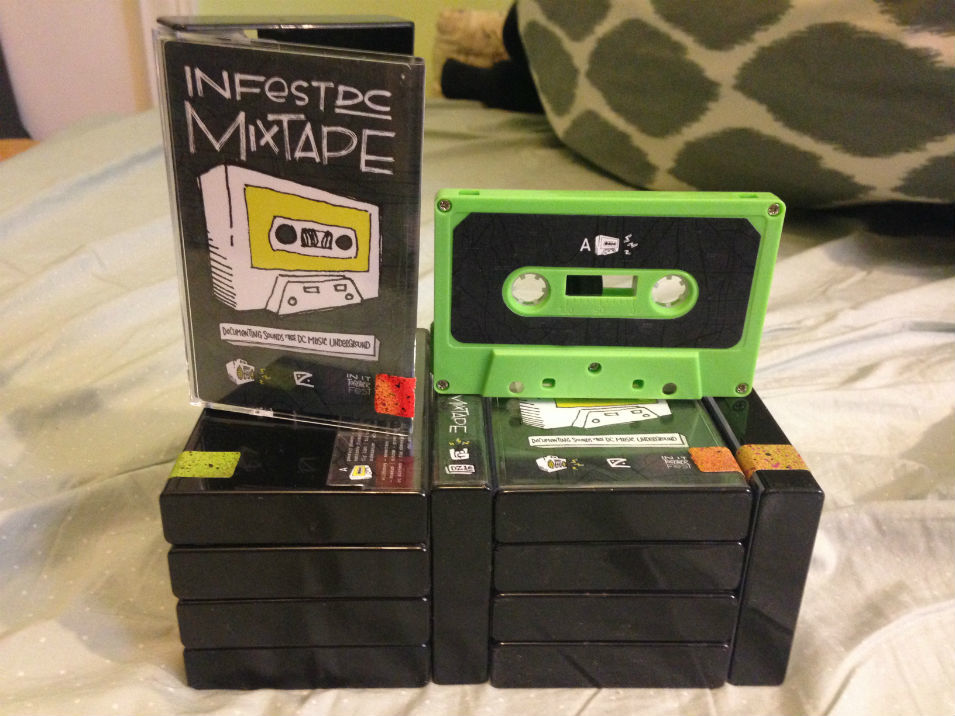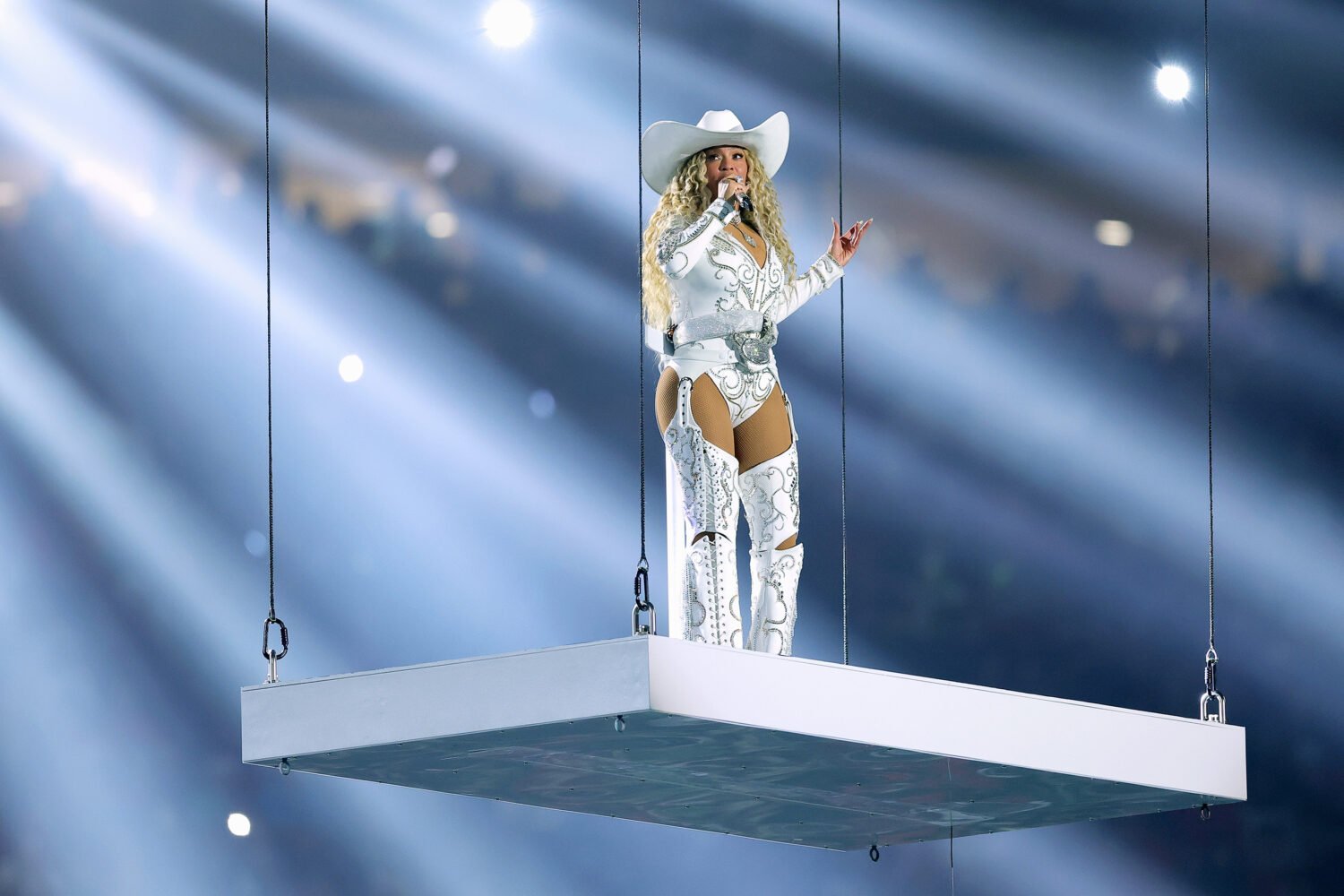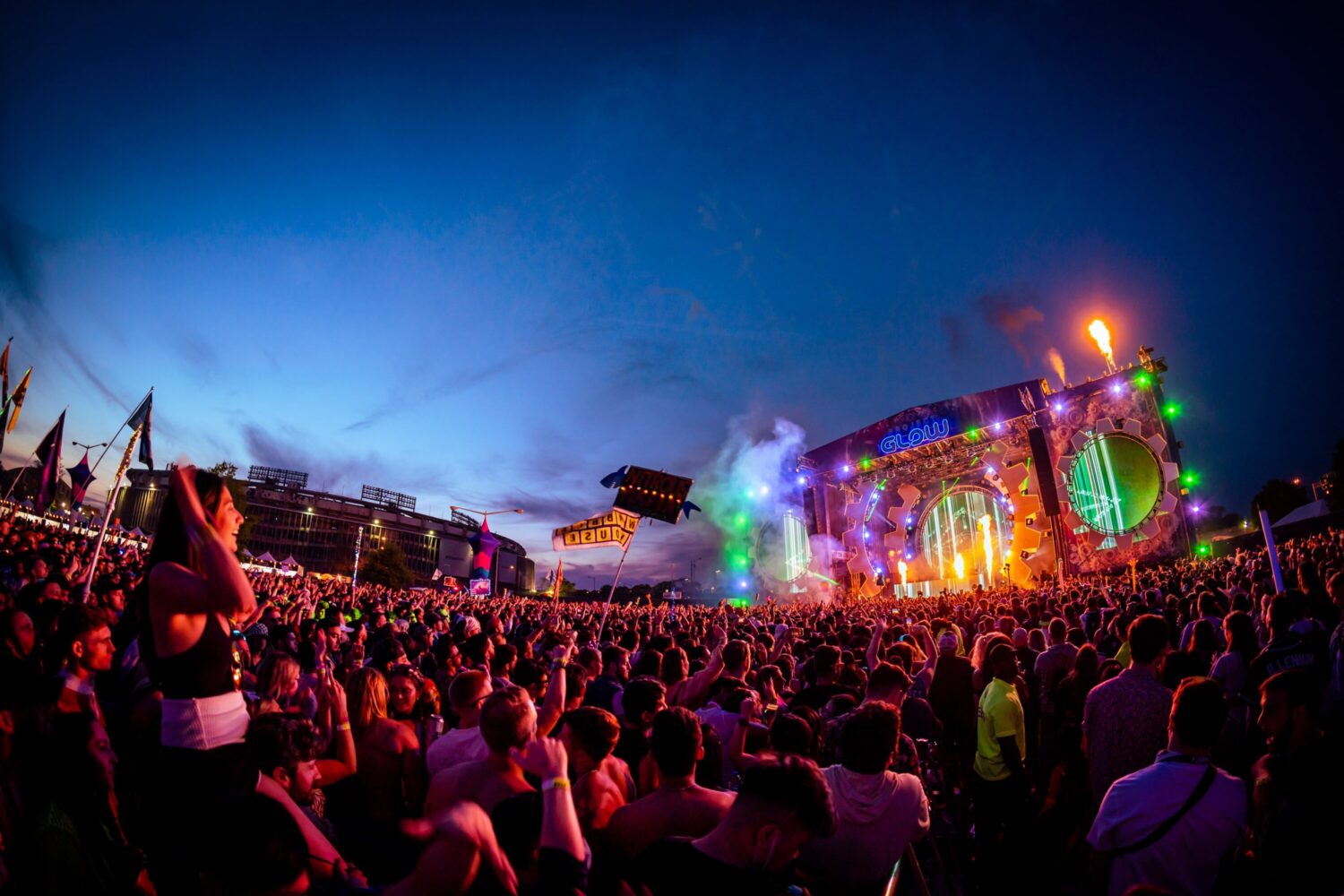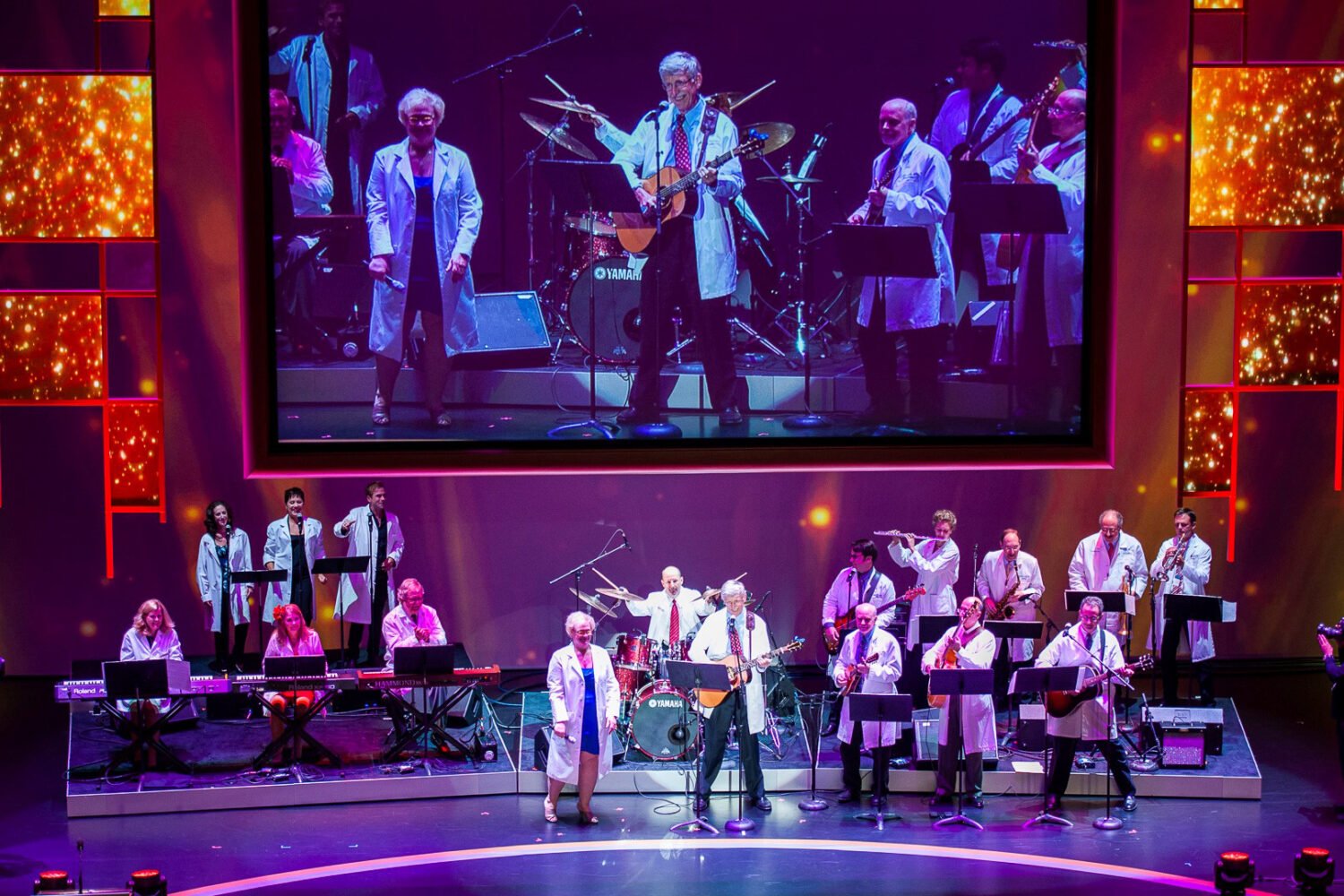When Brett Isaacoff moved to DC a few years ago, the 28-year-old musician planned to blog about music and book gigs at small clubs. Soon, however, he wanted something more. Thanks to a relic from his adolescence, he decided to start his own music label.
In 2011, following a successful Kickstarter campaign, Isaacoff launched DZ Tapes, a label exclusively dedicated to cassettes. Unlike most people who left cassettes behind in the ’80s and ’90s, Isaacoff never threw out his tape collection. “I’d been a fan of cassettes and mix tapes in particular since I was a kid,” he says. For him, tapes were–and continue to be–a great way to create tactile compilations of music. Others seem to agree.
It might seem weird that in a world of easily accessible music, tapes would be making a comeback, but the format has been growing in popularity over the past five years. In 2010, NPR announced cassettes had “kind of” made a comeback. A few months later, the Washington Post declared the comeback was a real thing. Flash forward to today, and there’s even a Cassette Store Day.
Now several Washington-area indie labels–including Blight Records, Chimes Records, and Odessa Madre Tapes–have jumped on board along with DZ Tapes. For labels of their size, the benefits are twofold: Tapes are cheap to produce and have a nostalgic, collectible feel.
Bryan Gerhart, the founder of Odessa Madre Tapes, first heard of the resurgence of cassettes while living in Long Beach, California in 2008. When he got to DC four years later, he became part of the go-go music scene and found the only way to hear a lot of that music was through cassettes. “I’ve always been a physical media fetishist,” he says. When he found out how affordable it was to produce them, he started Odessa Madre and released tapes for his band, Baby Bry Bry and the Apologists.
The thing that struck him most was how affordable the whole process was compared to vinyl. Though vinyl unit sales rose by more than 3 million between 2013 and 2014 according to Nielsen, the format continues to be considered a specialty item for labels, both big and small. Mumford & Sons released their latest album, “Wilder Mind,” in CD and vinyl. A CD costs $16; vinyl costs $31.
“As exciting it is to see the resurgence in popularity [of vinyl], it’s still harder for smaller bands to print vinyl without it being exorbitantly expensive,” Gerhart says. “If I was going to a show and seeing a band for the first time, chances are I wouldn’t want to drop $15 on a record. With a cassette, if they’re selling it for $4 or $5, there’s more of a willingness to take a chance on it.”
Isaacoff says producing a cassette typically costs him between $1 to $2 per unit, with retail prices ranging from $5 to $7.
Ben Schurr of the experimental bands Pree and Br’er started Blight Records in 2012. He’s seen small labels fold because of their focus on strictly printing vinyl. That’s why he settled on cassettes. “A few friends were still releasing music on tapes, and I said, ‘Woah, you can still do that? How much does it cost to do it?’ and it was super cheap,” Schurr says.
The same goes for Gerhart. “I had started meeting a lot [of] folks who run these small labels that were mostly based in cassettes, and it was very clear to me that it was something that could be done,” he says. For him, it’s the best way to reach as many people as possible: “It’s all for the greater goal of getting the music out there.”
Correction: This article referred incorrectly to Bryan Gerhart as a member of the bands BRNDA and Baby Bry Bry and the Apologists. He only belongs to the band Baby Bry Bry and the Apologists.

















